 Abraham Lincoln
If given the truth, the people can be depended upon to meet any national crisis...
Abraham Lincoln
If given the truth, the people can be depended upon to meet any national crisis...
 Guildford news...
for Guildford people, brought to you by Guildford reporters - Guildford's own news service
Guildford news...
for Guildford people, brought to you by Guildford reporters - Guildford's own news service
Birdwatcher’s Diary No.60
Published on: 1 May, 2014
Updated on: 1 May, 2014
By Malcolm Fincham
With the continued settled sunny weather during mid April the hawthorn was already starting to blossom. Also known as the May flower, this was a few weeks earlier than most years, as the name suggests. It was a month earlier than I reported last year.
The good spell of pleasant days also gave me the opportunity to follow up on my previous report and investigate the arrival of nightingales at Pulborough Brooks in West Sussex, with the hope of getting some up to date photos. And to treat my wife and daughter to a day in the countyside, of course.
Surprisingly to me, my daughter being only a casual birdwatcher agreed to take up the challenge of a walk around the reserve. As it turned out she was pleased she did. Joining in with the photography she managed to claim a few pictures along the way too, including one of a nuthatch.
Walking around the trail we heard several nightingales singing, but although just feet away from us in the hedgerow I just couldn’t match some of the pictures I took last year, or the lovely video clip taken recently by another visitor to reserve.
A pair of jays, more interested in their own affairs, seemed not to be bothered by my camera lens, while many blackcaps could be heard and seen singing at close quarters.
A garden warbler is always a good year sighting for me and so to get a record shot on our walk was a bonus.
Another pleasing sight was an adder, no doubt disturbed by the vibration in the ground from our footsteps and making a hasty escape through the grass.
Our personal best sighting of the day were the four avocet seen from one of the viewing hides looking over the North Brooks. Click here to see more.
To complete the walk was the sighting of a bullfinch that was, to our amusement, appearing to try to camouflage itself quite unsuccessfully in some foliage as we walk back to the visitor centre.
On April 19 I followed up on a report I had heard that a cuckoo had arrived back from its winter stay in Africa and was once again calling on Whitmoor Common, along with one that had recently been heard in Wood Street Village.
Sadly I was unable to hear it call during the time I was there. I did finally catch up with, and get a picture of, one of three willow warblers that could now be heard singing there high in the silver birch trees.
I also took what I thought was a rather cute picture of one of four baby robins as they bobbed in and out of the heather while one of their parents also watched over them.
The highlight of my Easter weekend was on Monday, April 21, when I received a phone call from Dougal, a top local bird watcher. Having been dedicated to the world of birds since 1966, and who has seen more than an incredible 500 species on his UK list, with over 200 of them seen in the Surrey area alone.
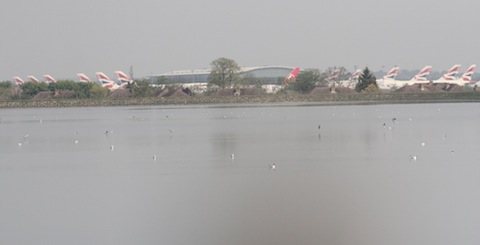
View across Staines Reservoir in the direction of Heathrow Airport. Note the tails of the ‘big tin birds’.
On this occasion however it wasn’t a call on one of Dougal’s trips to the other end of the UK to catch up with a previously unseen rarity, but a trip to what some, including my wife, might think an unusual destination – Staines and its reservoirs. Once in the county of Middlesex, but now upgraded to Staines upon Thames, Surrey, and an oasis for many a keen birdwatcher.
Although on our arrival we found we had missed out on the little tern that was spotted earlier that day, we were able to view a few black and Arctic tern flying over the reservoir.
Out on the water we managed to pick out two Slavonian grebes and a little gull among the many black-headed gulls.
My most pleasing sight was when a great northern diver popped up behind us on the south side of the reservoir. Having taken a picture of one in winter plumage off the Cornish coast back in February, it was interesting to compare it with one now in summer plumage before it makes its way off to its northern breeding grounds.
And to add to the day list and my photo collection, also now in summer plumage was a lone dunlin – normally seen in large flocks on coastal estuaries during winter months.
We decided to follow up on reports we had heard of a grasshopper warbler at the far south end of Staines Moor. This involved a long stealthy walk. And, with the weather on the turn, the hope that the ominous looking clouds and distant sound of thunder weren’t heading our way, it also involved much optimism.
Having viewed several common whitethroat but not managing to get close enough for pictures, I was pleased to get some shots of the more elusive lesser whitethroat.
Grasshopper warblers are also very sulky birds and very rarely observed as well, but you can see them in this You Tube clip.
I wasn’t very hopeful about getting a photo. In fact, after waiting around for nearly an hour in the area that it was last seen I was becoming very doubtful about us seeing it at all .
We eventually heard its unusual reeling sound and seeing some movement in the long grass I honed in with my camera and took what turned out to be a rather pleasing shot of a sedge warbler.
With a little more patience however, the grasshopper warbler emerged just long enough to get my first ever record shot of one before disappearing back into the undergrowth.
By April 26, while making brief observations around Wonersh and Shamley Green, I noticed many of our local swallows, having spent our winter feeding on insects among the wild beasts in South Africa, had returned to the same nesting grounds they used last summer, and were now starting to collect mud to reconstruct their nests ready for another breeding season.
On a newly prepared nest built on an island on a residential lake in Wonersh a mute swan could be viewed, now sitting on eggs.
Finally, on my local patch at Stoke Lake by April 29, it has been pleasing to hear for over a week now a willow warbler singing, although still no sign of the returning reed warblers.
From the boardwalk on the reserve, both common whitethroats and sedge warblers can now be heard singing too, while out on the lake my first sighting this year of our common tern, having also made its return from its winter vacation in Africa.
Responses to Birdwatcher’s Diary No.60
Leave a Comment Cancel replyPlease see our comments policy. All comments are moderated and may take time to appear.
Recent Articles
- Guildford Institute’s Crowdfunding Project for Accessible Toilet in its New Community and Wellbeing Centre
- Letter: Guildford – Another Opportunity Missed?
- Letter: GBC’s Corporate Strategy – Where Is the Ambition?
- My Memories of John Mayall at a Ground-breaking Gig in Guildford Nearly Six Decades Ago
- Westborough HMO Plans ‘Losing the Heart of the Street’ Says Resident
- College Invests to Boost Surrey’s Economy and Close Digital Skills Gap
- Community Lottery Brings Big Wins for Local Charities
- GBC Housing Plan Promises ‘A Vibrant Urban Neighbourhood’ Near Town Centre
- Hospital Pillows ‘Shortage’ at the Royal Surrey
- Updated: Caravans Set Up Camp at Ash Manor School


Recent Comments
- Ian Macpherson on Updated: Main Guildford to Godalming Road Closed Until August 1
- Sara Tokunaga on GBC Housing Plan Promises ‘A Vibrant Urban Neighbourhood’ Near Town Centre
- Michael Courtnage on Daily Mail Online Reports Guildford Has Highest-paid Council Officer
- Alan Judge on GBC Housing Plan Promises ‘A Vibrant Urban Neighbourhood’ Near Town Centre
- John Perkins on GBC Housing Plan Promises ‘A Vibrant Urban Neighbourhood’ Near Town Centre
- S Collins on GBC Housing Plan Promises ‘A Vibrant Urban Neighbourhood’ Near Town Centre
Search in Site
Media Gallery
Dragon Interview: Local Artist Leaves Her Mark At One of England’s Most Historic Buildings
January 21, 2023 / No Comment / Read MoreDragon Interview: Lib Dem Planning Chair: ‘Current Policy Doesn’t Work for Local People’
January 19, 2023 / No Comment / Read MoreA3 Tunnel in Guildford ‘Necessary’ for New Homes, Says Guildford’s MP
January 10, 2023 / No Comment / Read More‘Madness’ for London Road Scheme to Go Ahead Against ‘Huge Opposition’, Says SCC Leader
January 6, 2023 / No Comment / Read MoreCouncillor’s Son Starts Campaign for More Consultation on North Street Plan
December 30, 2022 / No Comment / Read MoreCounty Council Climbs Down Over London Road Works – Further ‘Engagement’ Period Announced
December 14, 2022 / No Comment / Read MoreDragon Interview: GBC Reaction to the Government’s Expected Decision to Relax Housing Targets
December 7, 2022 / No Comment / Read MoreHow Can Our Town Centre Businesses Recover? Watch the Shop Front Debate
May 18, 2020 / No Comment / Read More



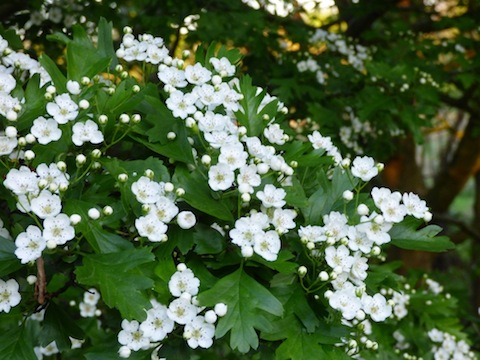

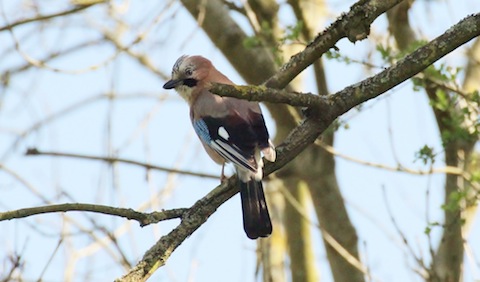

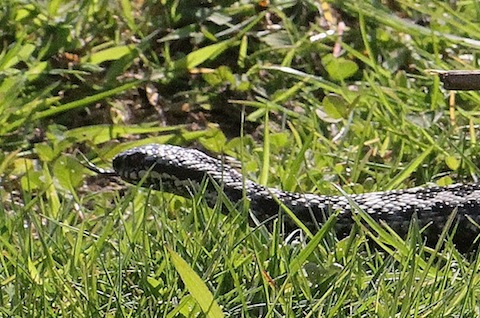
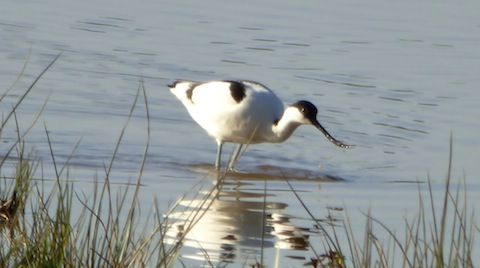
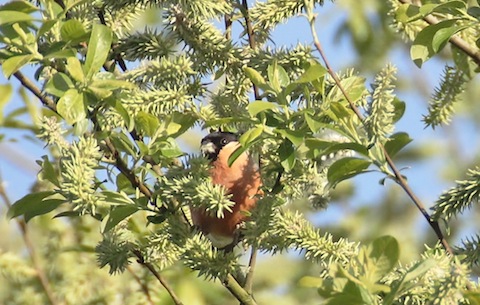

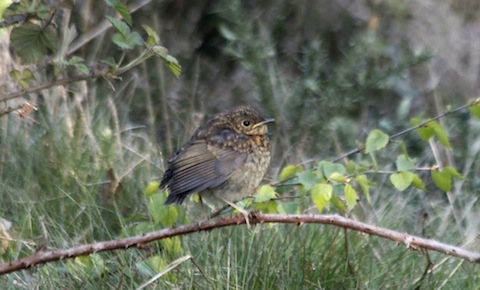

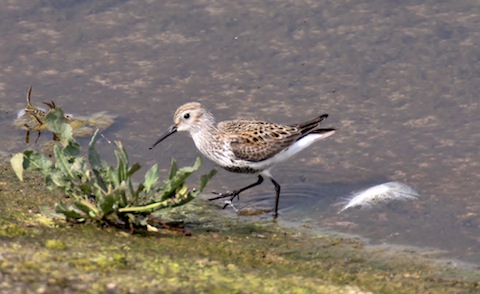
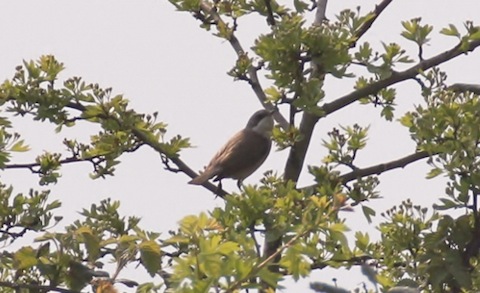
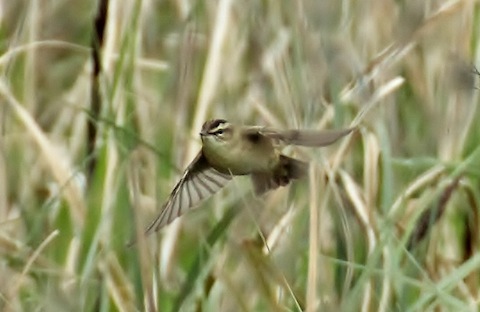
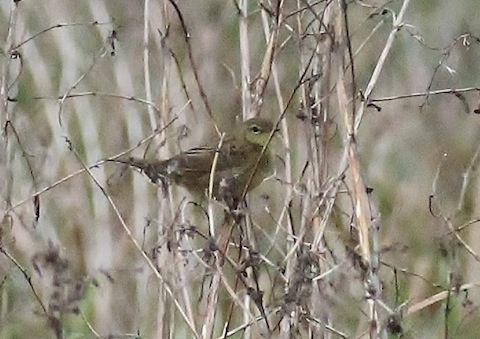
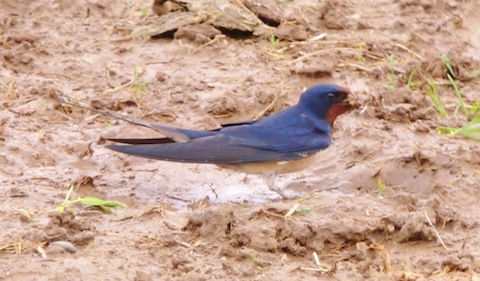
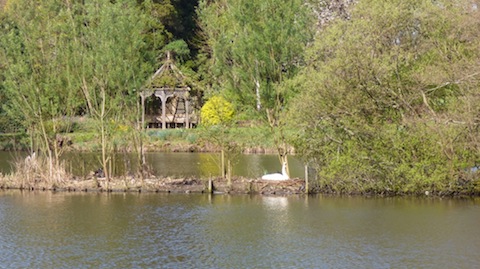







Martin Whitley
May 6, 2014 at 10:49 am
Excellent report as always Malcolm.